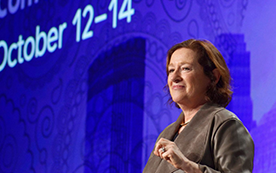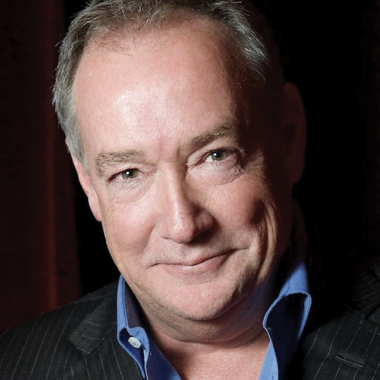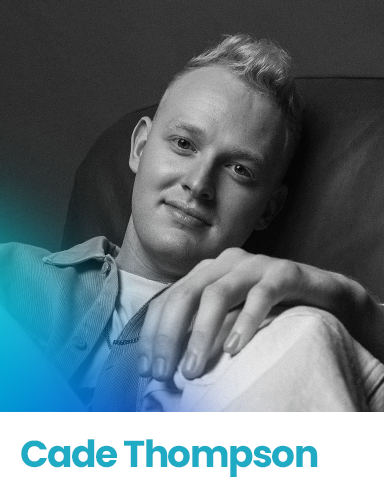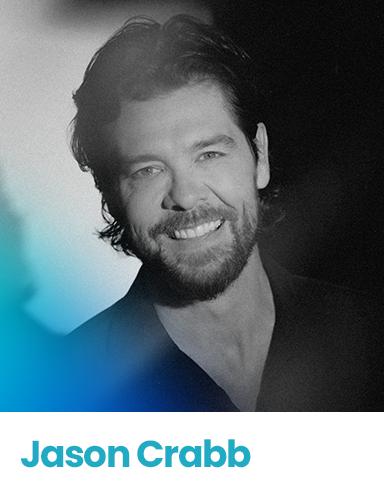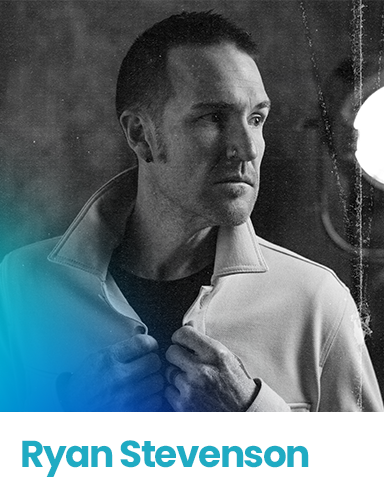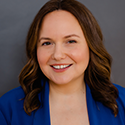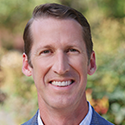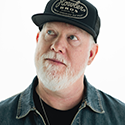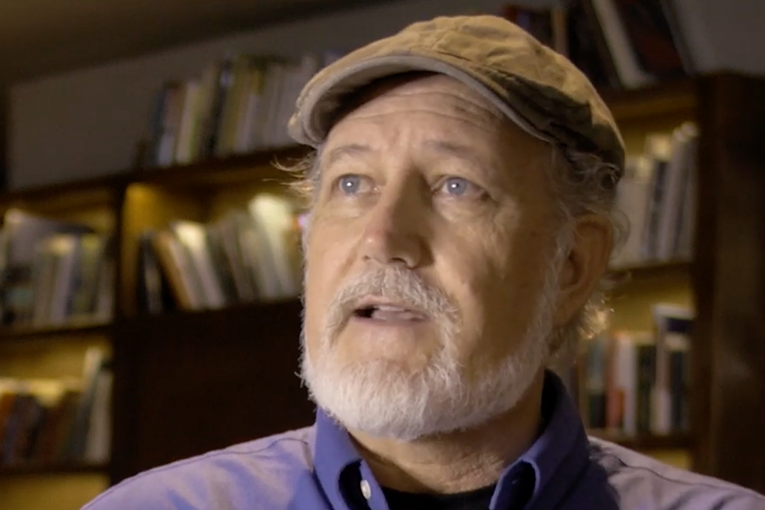
No One Listens to the Radio Anymore
“No one listens to the radio anymore. Radio is dead.”
When someone says that to me, I beat them unconscious with a Portable People Meter.
“Wait a minute. When you say, ‘beat them unconscious with a Portable People Meter,’ what do you mean by that?”
Okay let’s role play this. Say to me, “No one listens to the radio anymore.”
“No one listens to the radio anymore.”
How well do you understand the science of statistical measurement?
“I understand the basics, I think.”
You’ve heard of the Gallup Poll, right?
“Sure.”
The Gallup Poll measures the opinions of the 260 million adults in America with 95% confidence and only a 3 percent margin of error. Do you know the sample size required to do that?
“Tell me.”
One thousand and sixty-seven people.
“That doesn’t sound right.”
Statistical scientists know their measurements are reliable because of the Law of Large Numbers. Are you familiar with the Law of Large Numbers?
“No.”
The Law of Large Numbers guarantees stable long-term results for the averages of random events. While a casino might lose money on a single spin of the roulette wheel, its earnings will return to a predictable percentage over a large number of spins. Any winning streak by a player will eventually be overcome by the parameters of the game. The margin of error depends inversely on the square root of the sample size. In other words, the smaller the universe, the larger the percentage that has to be queried to get an accurate result. But the larger the universe, the smaller the percentage.
“What are you saying, exactly?”
In a universe of just 100 people, you have to ask nearly all of them to get an accurate measurement. But in a universe of 1 million people, you need only 600 people in your survey. To measure the entire United States of America, you need just 1,067 randomly chosen adults.
“So how many people participate in a radio survey in the average city?”
Name a city.
“San Francisco. It’s a tech city. Silicon Valley. There’s no way radio is reaching San Francisco.”
The Nielsen sample size in San Francisco is three times the number of people required to measure the whole United States. And Nielsen doesn’t measure just once per quarter. Nielsen measures San Francisco 365 days a year.
“How?”
What do you mean?
“How are they measuring it? What’s the mechanism?”
It’s a digital device worn by thousands of randomly selected people. Nielsen’s Portable People Meter knows precisely which station you’re listening to, when you started listening, when you changed channels, and when you quit listening. It doesn’t rely on human recall, and you can’t lie to it. Nielsen’s Portable People Meter is as reliable as anything offered by Facebook or Google. Nielsen isn’t guessing when they tell you how many people are listening to the radio. They’re measuring it 24/7/365.
“You still haven’t told me how many people listen to the radio in San Francisco.”
41.6% of the people in San Francisco – 2,565,817 persons – spend enough time listening to the radio that we can efficiently reach each of them an average of 3 times a week, 52 weeks in a row. This means 41.6% of San Francisco will hear your new, surprising, and different radio ad 156 times this year.
“Yeah. But is it working? Radio, I mean.”
Radio is delivering better results for less money than it has ever delivered. I can say that because my 70 partners and I have been using radio to grow owner-operated businesses for more than 40 years.
“Okay, but isn’t attribution a problem? Sure, maybe your clients are growing, but how do you know that radio is what’s driving that growth?”
We don’t use a media mix when our client can’t afford to swing that hammer.
“What do you mean?”
We believe in doing one thing wholeheartedly instead of two things halfheartedly. A focused budget always outperforms a scattered one.
“Are you doing any digital marketing?”
Of course. Google is the new phone book, so you’ve got to be there when the customer goes looking for you by name.
“So you’re buying only branded keywords?”
Bingo. That’s how we track attribution. When we agree to work with a client, we look at how many people per week are typing their name into Google, and then we begin measuring (1.) the increase in branded keyword searches along with (2.) the top line growth of their company. Those are two of the three metrics we care about.
“What’s the third one?”
Cost Per Person/Per Year.
“Never heard of it.”
That’s because we invented it.
“Are you allowed to do that?”
Yeah. Welcome to America.
“How is Cost Per Person/Per Year different from Cost Per Point or Cost Per Thousand?
Food and Entertainment have a short purchase cycle. This means you will see results quickly when you make an enticing offer and create urgency. But most advertisers have a long purchase cycle. Consequently, they’ve got to become the company a customer thinks of first and feels the best about when that customer’s buying event occurs, and that takes massive repetition. Radio people call it frequency. But you also need 52-week consistency, which is essentially the frequency of the frequency, the repetition of the repetition.
“You still haven’t answered my question.”
Cost Per Thousand and Cost Per Point measure the cost of reaching an individual only once. But radio works its magic through relentless repetition. When you make your scheduling decisions based on Gross Rating Points, you will reach too many people with not enough frequency. Reach is easy to achieve on radio. But reach without frequency and consistency is a recipe for disappointment. If I buy 100 Gross Rating Points how many people have I reached?
“You’ve reached the mathematical equivalent of 100% of the population 1 time.”
Or perhaps I’ve reach 50% of the population twice. Or 25% of the population 4 times. Or 10% of the population 10 times. Or 100% of the population 1 time. Are you suggesting that each of those schedules is going to result in the same outcome?
“So how is your Cost Per Person/Per Year different from Cost Per Point?”
Cost Per Person/Per Year requires the same individual to be reached 3 times within 7 nights sleep, and this needs to happen 52 weeks a year. It is a mistake to multiply reach times frequency. They are not interchangeable. When you multiply reach times frequency to calculate Gross Rating Points, you are crippling the effectiveness of radio. For radio to work its magic, you have to protect 1-week frequency at all costs, and then you have to have consistency. If you want to reach 100% of the people and convince them just 10% of the way, make your buying decisions based on Gross Rating Points. But if you want to use that same budget to reach 10% of the people and convince them 100% of the way, use Cost Per Person/Per Year.
“You’re saying a weekly 3-frequency is the non-negotiable?”
Correct.
“So what is your target for reach?”
When you are certain you are achieving a weekly 3-frequency, you add Net Reach by adding more stations to your weekly schedule until you run out of money.
“I’m beginning to see what you mean when you say that you would rather do one thing whole-heartedly instead of two things half-heartedly.”
Technically, you could say that we are doing a second thing when we use Google ads to measure the increase in branded keyword searches.
“Yeah, but that’s going to be cheap. You’re really just doing radio.”
Yes, we’re really doing just radio. Or we’re doing just TV. Either way, we’re doing just one thing.
“And you say that’s working out for you?”
When you write ads that are new, surprising, and different, and make your media placement decisions using the criteria I’ve just outlined for you, your clients will grow until they become so big that they sell to Private Equity for hundreds of millions of dollars.

